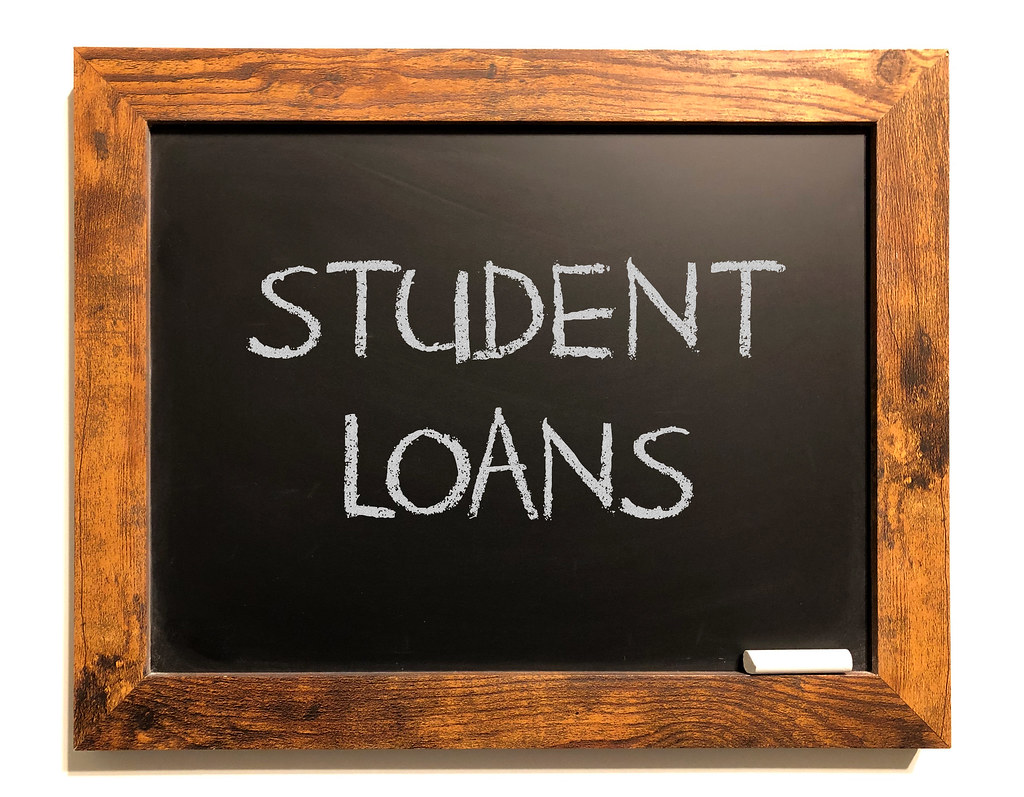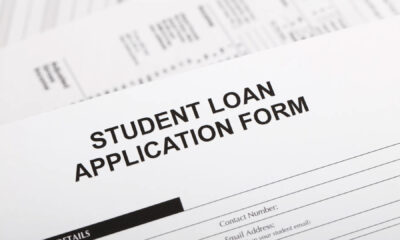Career Tips
How to Balance Student Loans With Future Investments

When Canadians finish their post-secondary education, they often face a new problem: a mountain of student loans. How and when to deal with this debt can be hard to figure out, and it’s important not to let it stop you from saving for future goals like retirement, buying a first home, or even just making an emergency fund.
Take the case of Dennis Anthonipillai. In 2020, he finished his Master of Public Policy at Simon Fraser University. To finish his undergraduate and graduate programs, he had to take out $27,000 in government loans and rack up $5,000 in credit card debt. Even though he worked summer jobs to pay off some of the debt, he couldn’t get serious about paying it off until after he graduated because he had to pay for living expenses and tuition.
Anthonipillai had trouble getting advice from his peers about how to pay off his debt. His first steps were to join online communities like Reddit and pay off his loans as little as possible. He had to take into account his unique situation, like living with his parents and not having to pay interest on his government loans because of pandemic policies.
Personal finance counselor Jessica Moorhouse, who specializes in helping millennials with their money, says it’s important to know where you stand financially. Moorhouse says that there is no one-size-fits-all plan when it comes to personal finance strategies. Some people may be able to put more money into investments if they live with their parents, but not everyone has that option.
Moorhouse suggests some important but often overlooked things for recent graduates to think about when making a plan for paying off their debt. The first step should be to focus on loans that are gaining interest and keep payments as low as possible on loans that are not gaining interest. Also, it’s important not to let stress about debt stop you from saving.
She says that putting a smaller loan at the top of the list is a good idea if it can be paid off quickly. But for larger loans that can take a much longer time, even with more than the minimum monthly payments, a different approach may be needed because it can affect long-term financial goals like retirement.
After getting a job with the government of British Columbia, Anthonipillai used his position to take a strategic approach to his loans. He started by paying off his high-interest credit card debt. After that, he kept up with the minimum payments on his student loans, built up an emergency fund that could cover six months’ worth of expenses, and then started investing about 20% of his income.
The decision by the federal government and the government of British Columbia to stop charging interest on student loans only backed up Anthonipillai’s plan. He didn’t give in to the urge to pay off his debt right away. Instead, he focused on investing, knowing that as a student, debt is often unavoidable and shouldn’t keep him from taking advantage of investment opportunities.
Anthonipillai put a high priority on spreading out his investments and making sure his financial plan was flexible enough to change based on what was possible at different times in his life.
Moorhouse thinks it’s important to take this flexible and balanced approach, emphasizing the need to manage multiple financial goals at the same time while juggling debts and investments in your 20s and 30s.
When it comes to money, the journey isn’t about picking one path over the other. Instead, it’s about finding a balance between paying off debt and investing so that both work together to give you a secure financial future. It’s about changing, combining, and optimizing strategies based on each person’s unique goals and circumstances.
















